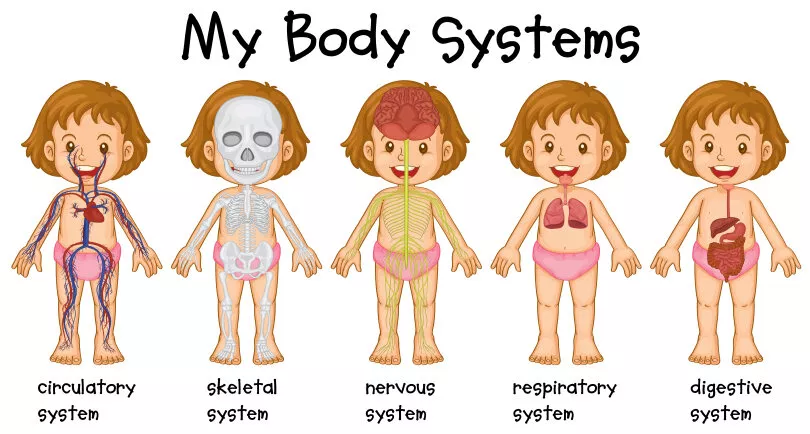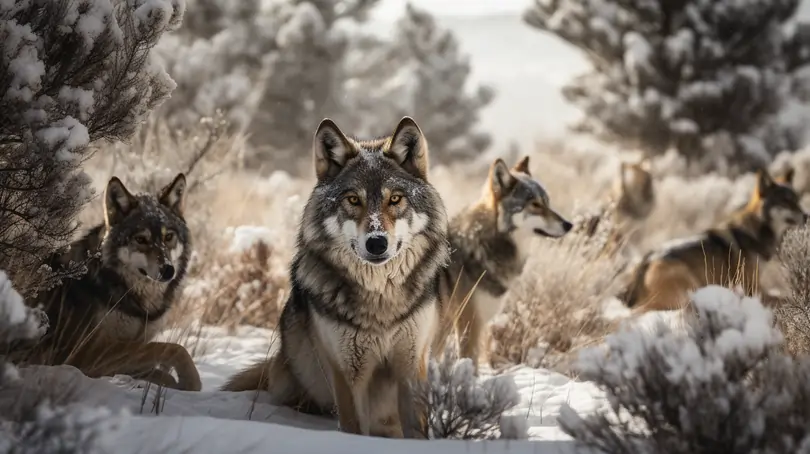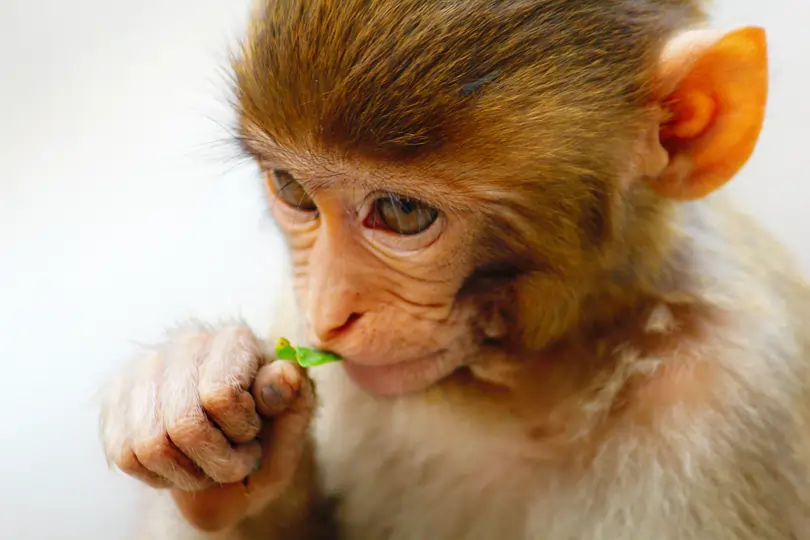From producers to top predators: Understanding the food chain
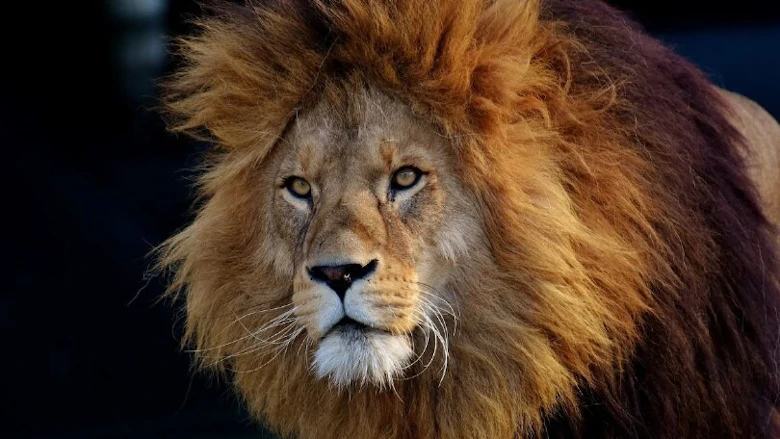
When you hear the phrase “food chain”, what comes to mind?
Producers, consumers, and predators? How about energy transfer between organisms in an ecological community?
In this article, we’re going to delve into understanding how these animals fit together in an ecosystem: from producers making their own food, through consumers feeding on other creatures or plants for nourishment, to top predators at the apex of greatness!
So strap in and get ready as we navigate our way around this fascinating topic.
What Is A Food Chain?
First, let’s get the big question out of the way.
What exactly is a food chain?
In a nutshell, a food chain is part of a larger web of life that connects all living things. Each food chain consists of a sequence of organisms that depend on each other for food. This creates an upward flow of energy and nutrients from the sun’s rays to the producers, through primary and secondary Consumers, and eventually to the top predator.
What’s the difference between a food chain and a food web?
The primary difference between a food chain and a food web lies in their complexity. A food chain is a simple linear sequence of organisms, while a food web is a complex network of interconnected food chains.
In a food web, each organism may have multiple predators and prey, and the arrows may point in multiple directions, indicating the transfer of energy and nutrients. Therefore, food webs often present a more realistic representation of the interactions between organisms in nature.
What Is A Producer?
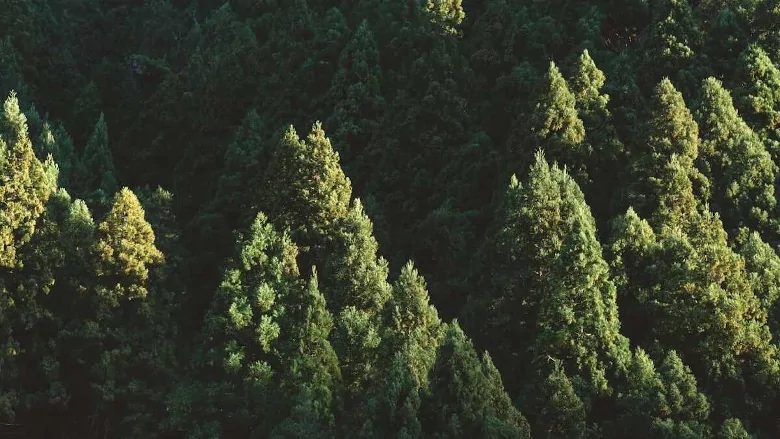
At the bottom of the chain, we have the producers.
Also known as autotrophs, producers are organisms that produce their own source of energy. They form the base of the food chain (the first trophic level) and are the primary source of energy for all other organisms in the ecosystem.
Examples of producers are plants and algae. Through a process known as photosynthesis, they’re able to convert sunlight into energy, producing carbohydrates to be used for nutrition and fuel. This energy would subsequently be transferred to the primary consumers that consumed them. Without Producers, there would be no energy to sustain life on Earth!
What Is A Primary Consumer?
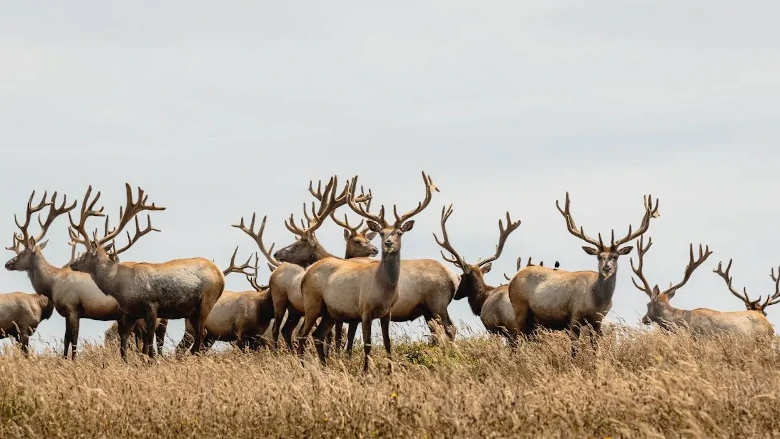
The next step up in a food chain is the primary consumers.
As the name suggests, consumers are organisms that cannot produce their own source of nutrition so they must consume other living things for energy. There are a total of three types of consumers: herbivores (eat plants only), carnivores (eat meat only), and omnivores (eat both plants and meat).
Primary consumers are herbivores and get their energy from consuming autotrophic plants. They occupy the second trophic level of the food chain. It’s important to note that since omnivores feed on plants and animals, they are often considered both primary and secondary consumers.
Examples of primary consumers include deers, rabbits, and cows.
What Is A Secondary Consumer?
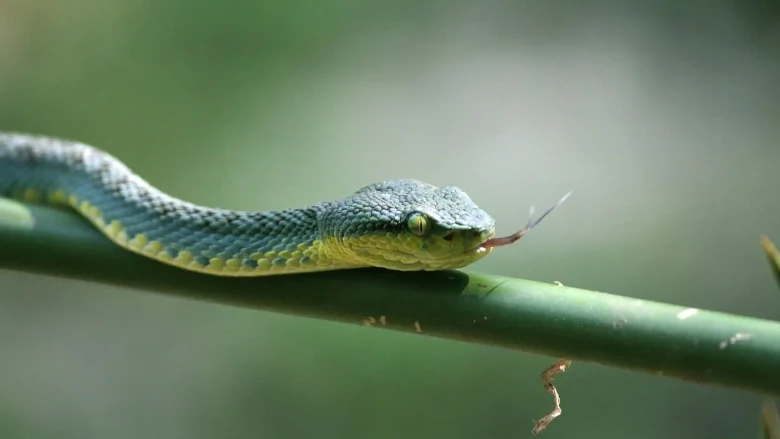
Right above the primary consumer is the secondary consumer.
Secondary consumers are carnivores that feed on herbivores, the primary consumers in the food chain. They occupy the third trophic level of the food chain, and play an important role in ensuring the overall health and survival of the producers.
Without secondary consumers, the population of primary consumers would grow out of control, leading to overgrazing and depletion of plant resources. This would set off a ripple effect throughout the ecosystem, known as the trophic cascade. And as we mentioned before, without producers, the entire ecosystem would collapse. That’s how crucial the secondary consumers are in every ecosystem!
Examples of secondary consumers include snakes, wolves, and hawks.
What Is A Tertiary Consumer?
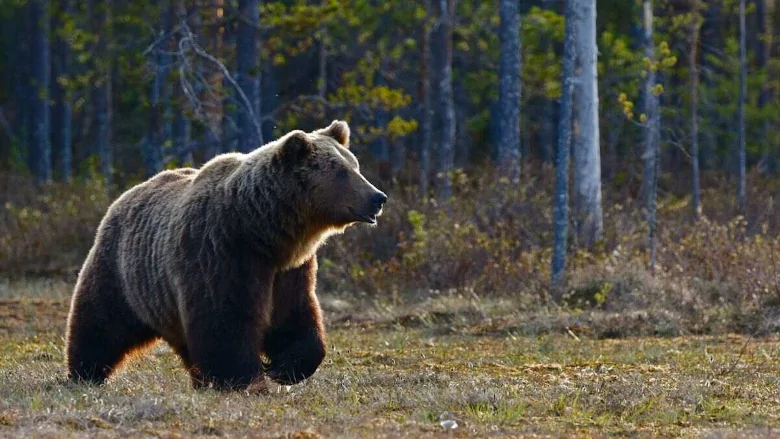
All the way at the top of the food chain is the tertiary consumer - often known as the apex predator! Tertiary consumers occupy the very top trophic level of the food chain. And you guessed it, as the phrase “apex predator” suggests, they’ve few or no natural predators in the wild.
That said, feeding on other animals is not all they do. Tertiary consumers actually have an incredibly important role to play. Similar to secondary consumers, these apex predators consume other secondary consumers and prevent a particular species or population from growing too dominant, which could end up damaging the ecosystem. You can think of them as nature’s way of keeping the ecosystem balanced.
On top of that, tertiary consumers also help to control the spread of diseases among lower trophic levels by hunting down the sick and the weaker members of the secondary consumers.
Examples of tertiary consumers include lions, sharks, and bears.


 SG
SG  VN
VN 

